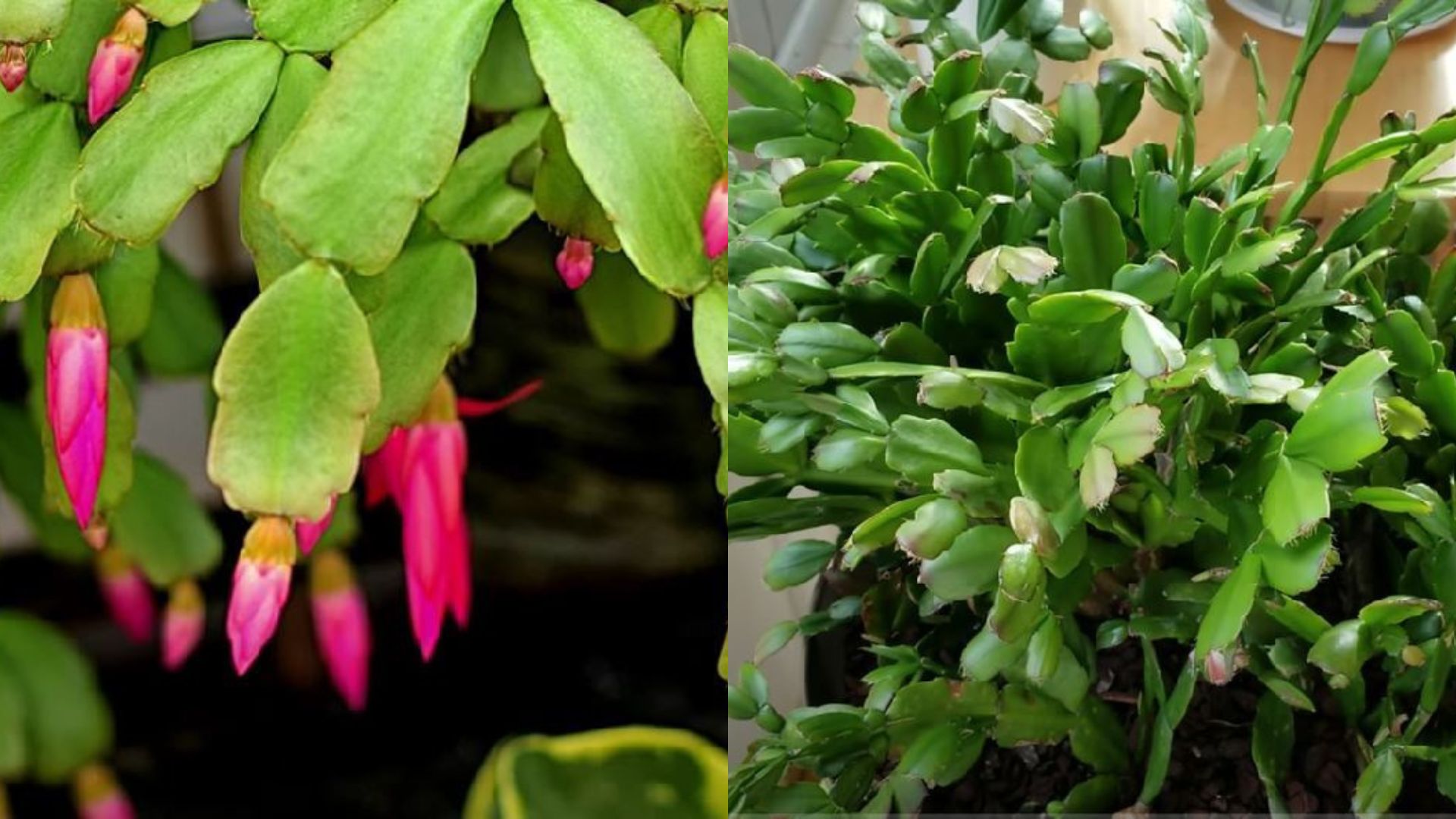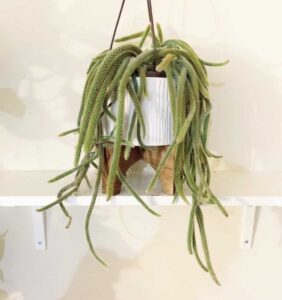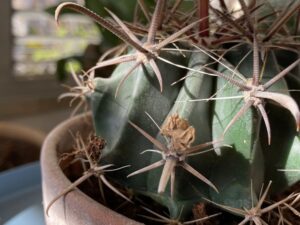Many plant enthusiasts relish the vibrant blooms of the Christmas cactus (Schlumbergera). However, when those flower buds mysteriously drop, it can pose quite a challenge. Why, despite your care, are those beautiful blooms slipping away? Understanding the intricacies of this beloved houseplant is crucial to fostering its splendid floral display. In this article, we explore the vital steps to ensure a bountiful bloom during the holiday season.
Before delving into solutions, let’s address a pivotal question: What factors contribute to the bud drop in Christmas cacti? This inquiry lays the groundwork for better comprehension of the plant’s needs. Here we examine light, temperature, watering, and feeding schedules—each critical to cultivating an environment where blooms can thrive.
Proper Light Conditions
Light exposure is paramount for any plant’s vitality, and the Christmas cactus is no exception. However, unlike many cacti that flourish in direct sunlight, this particular species prefers indirect light. This preference often leads to confusion for new caretakers. If the light is too intense, you may notice the buds wilting or falling prematurely.
The best strategy involves placing your Christmas cactus near a bright window but shielded from the harsh glare of mid-day sun. Quality light mimics its natural habitat in the rainforests of Brazil, ensuring that it receives adequate illumination without the risk of sunburn. Additionally, maintaining a consistent light schedule can significantly boost bud formation, encouraging the plant to enter its flowering phase successfully.
Monitoring Temperature Fluctuations
Temperature is another critical aspect to consider. Christmas cacti thrive in cooler temperatures, ideally ranging between 60°F to 70°F (15°C to 21°C) during the day and slightly cooler at night. Sudden temperature shifts can stress the plant, leading to bud drop. Placing the cactus near heating vents or in drafty locations can wreak havoc on its stability.
Create a nurturing environment by placing your plant in a stable spot, devoid of extreme temperature changes. If your home is particularly warm, employing a grow light can help maintain the necessary coolness during the crucial blooming period. This balance can make a significant difference in achieving a flourishing display of petals.
Watering Wisely
Watering techniques can either promote blooming or cause distress, making it crucial to strike the right balance. Unlike many succulents that favor dry conditions, the Christmas cactus requires a more nuanced approach. The key is to keep the soil slightly moist but not soggy. Overwatering can lead to root rot, while underwatering can result in dry and droopy buds.
To ensure your cactus is precisely hydrated, check the top inch of soil. If it feels dry, it’s time for a drink. Utilize room temperature water to prevent shocking the roots and allow the excess to drain out of the pot adequately. This strategy not only prevents stress but also creates a healthier environment for blooming.
Feeding to Foster Development
An often-overlooked aspect of Christmas cactus care is the need for proper nutrition. Fertilizing during the growing season—specifically, in spring and summer—can bolster your plant’s ability to produce blooms come winter. Select a well-balanced fertilizer, diluted to half-strength, to prevent overwhelming the cactus.
Consider a 20-20-20 formula or one balanced in phosphorus, as this nutrient is particularly instrumental in flower development. Regular feeding every four weeks will promote healthy growth and vigor as the plant prepares to unleash its stunning floral display.
Identifying Stress Factors
Sometimes, even after implementing recommended care practices, a Christmas cactus may still exhibit bud drop. In this case, it is essential to identify potential stress factors. Environmental stressors, such as pests or inadequate pot size, can severely impact your plant’s health. Common pests include mealybugs and spider mites, which can be easily remedied through appropriate pest management strategies.
Furthermore, if your cactus is root-bound, consider repotting it during the growing season to alleviate stress. Select a pot that is slightly larger and equipped with proper drainage holes. This adjustment not only provides additional room for root growth but also revitalizes the soil quality—creating an optimal environment for blooming.
Conclusion: Success Awaits
In essence, fostering blooms on your Christmas cactus centers around understanding its unique needs. By ensuring adequate light, maintaining optimal temperatures, watering appropriately, and providing essential nutrients, you can create the perfect ambiance for your plant to thrive.
Moreover, if you identify and alleviate stress factors, you’ll be well on your way to enjoying a spectacular holiday display. So, are you ready to roll up your sleeves and embrace the joy of nurturing your Christmas cactus into full bloom? With a little patience and dedication, this festive plant can certainly capture the magic of the season.




Leave a Comment